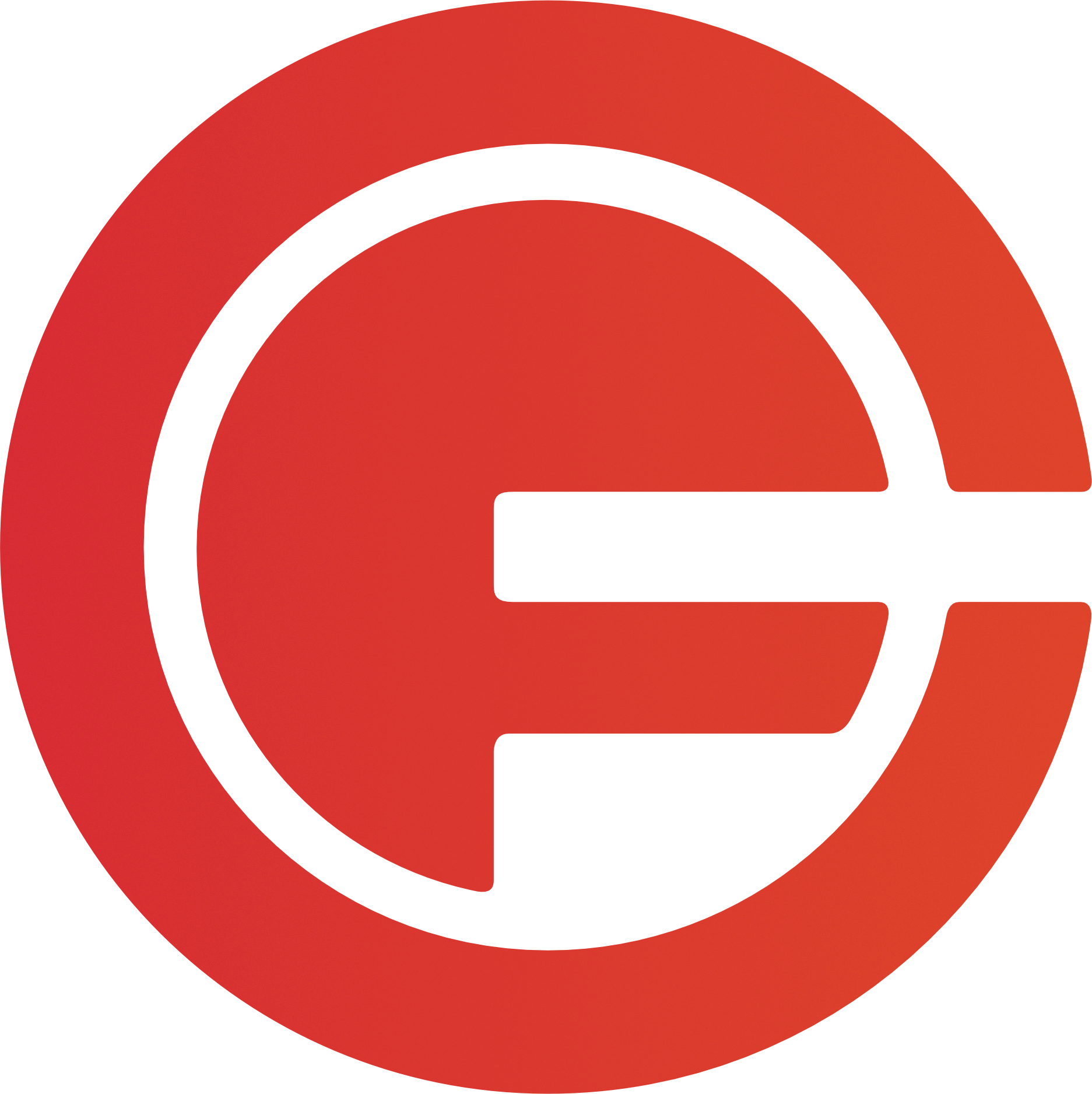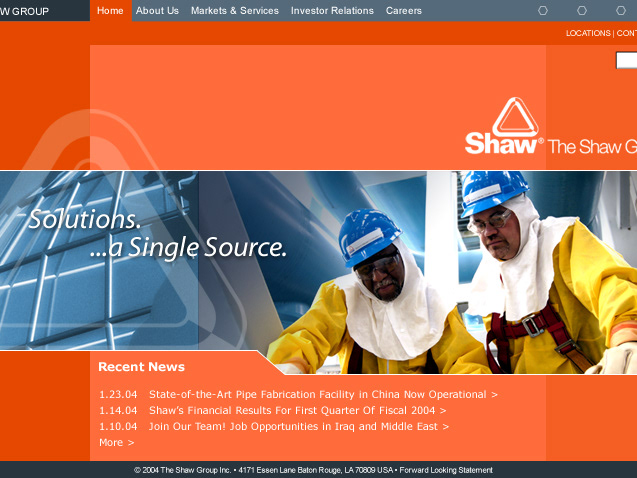The Business Goal
To modernize its online education platform and sunset a legacy system, a leading EdTech company launched a fast-track initiative to deliver a flexible, scalable content system. The SVP of Product assembled a cross-functional team and gave it a clear mission: create a system that supports both customizable and templated course design—starting with the high-stakes mathematics division.
The original LearningStudio UI in frame sets with usability problems that were hard to fix with modern techniques.
The Challenge
The team faced a tight timeline: from kickoff in August to limited release by the end of the year. The first course to test the system? Mathematics—arguably the most complex and scrutinized content in the company’s catalog, with 18 stakeholders from across the org reviewing progress every two weeks.
The platform also had to support dual customization models:
- Administrators needed tools to open or close features globally.
- Instructors required flexibility to tailor course content and interactions.
- Administrators needed tools to open or close features globally.
- Instructors required flexibility to tailor course content and interactions.
Balancing those needs while ensuring ease of use (especially for instructors accustomed to legacy workflows) was critical.
The initial concept was based on customer feedback but was hard for the stakeholders to accept as the right fix.
Design Strategy & Iteration
The initial solution aimed to streamline instructor-student workflows by creating a unified interface. Instructors would see what students saw, with inline editing tools appearing only when needed. This eliminated the need for dual logins or switching views.
However, early feedback suggested the design felt unfamiliar. Rather than push back, we identified the most engaged stakeholders and conducted one-on-one follow-ups. These conversations revealed both support and opportunities to adjust how we introduced change. Their advocacy helped evolve the design and gain buy-in across the broader team.
Using feedback from the initial round I put together a fast mock using Balsamiq to show how we could ease the learning curve using modal windows instead of inline editing.
User Validation in the Field
At a customer summit in San Diego, we conducted rapid user testing with real instructors. Using a clickable prototype, we gathered live feedback—every session resulted in enthusiastic responses. Instructors clearly saw the value in the streamlined editing experience, and their feedback reassured internal teams we were on the right path.
The Outcome
Thanks to a collaborative team and adaptive design process, the development team delivered the initial release on schedule. The internal plan had been to roll out 40 math titles gradually, but the overwhelmingly positive response led to rapid expansion. By the end of Q1, over 400 course titles across multiple disciplines had adopted the new system—ten times the original goal.
One of our courses in a custom design for the Psychology department.



